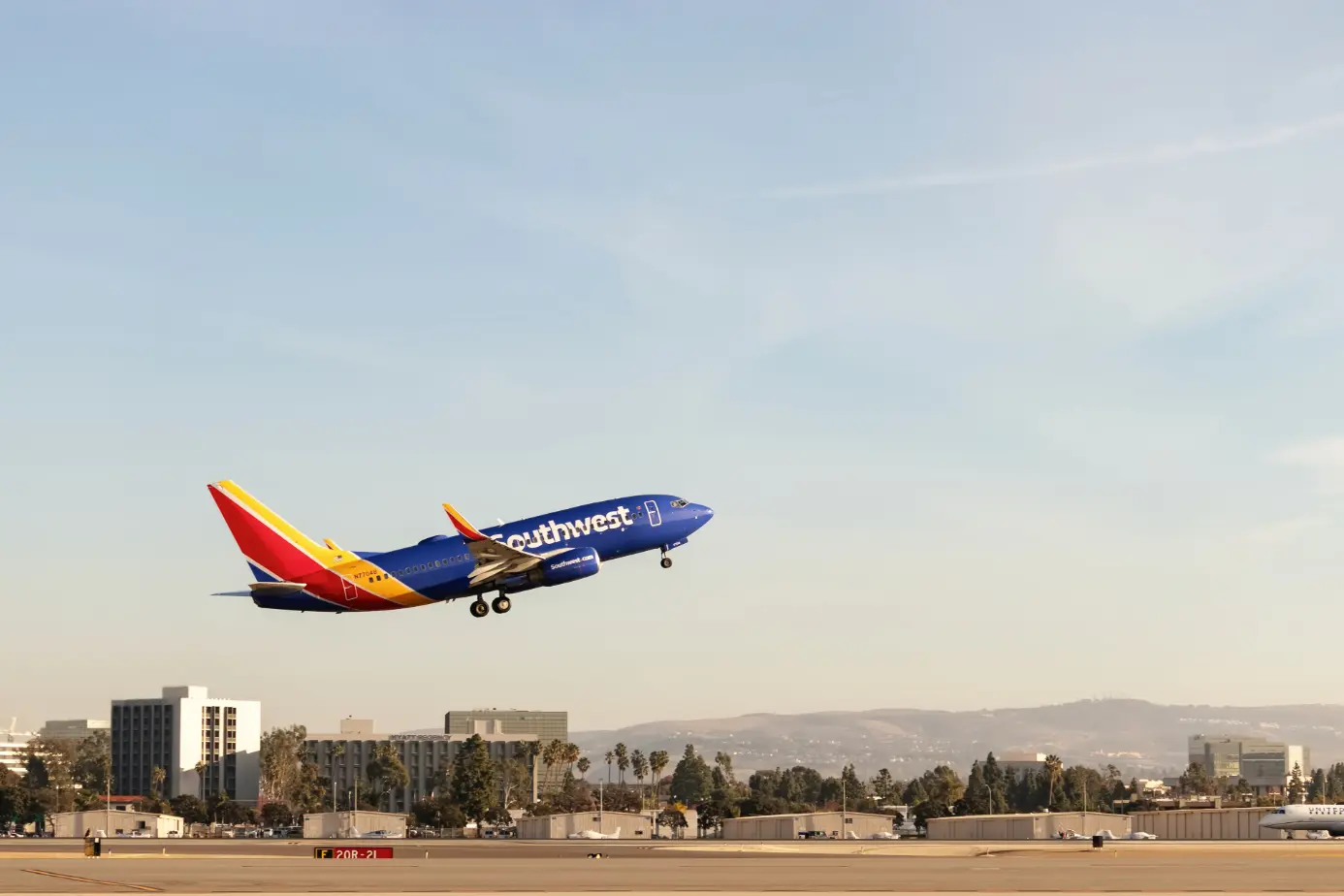
The Boeing 737 Versions Explained
The Boeing 737 has improved through time, providing airlines with great benefits along the way. Learn more about each Boeing 737 version.
Table of Contents
There are more than 23 Boeing 737 versions, including the Originals, Classics, Next Generation, and MAX variants, as well as the non-passenger models. Boeing designed each different version with a specific purpose, like increased passenger capacity, better fuel economy, or serving a niche in the market.
With each evolution, the Boeing 737 has offered something new to clients and customers. Explore every development of this model, plus the commercial versions' alterations and benefits.
First Generation
The first versions of the Boeing 737 aircraft were called the "Original". It flew for the first time in 1967.
Original 737-100
Boeing built the original 737 on the earlier success of the 707 and 727 models, but the market had changed to favor more economical two-engine aircraft. Using a two-engine design instead of three or four, Boeing aimed to reduce the operating expenses of the 737, as fuel efficiency priorities were making their way to the forefront of the industry.
The -100 model carried 115 passengers in its 94ft (29 m) long body and possessed a maximum take-off weight of 42,411kg. Only Lufthansa, Malaysia Airlines, and Avianca ordered the 737-100, and Boeing produced just 30 of these models. The last -100 model retired in 2003.
Original 737-200
Boeing created the 737-200 after a 1965 order from United Airlines requested that Boeing extend the fuselage to carry more passengers. These initial units cost US$5.2m each (1972 prices), but an improved version - the 737-200 Advanced - quickly made its way onto the market.
The 737-200 Advanced model possessed improved aerodynamics, more powerful engines, and a higher fuel capacity, allowing a 15% increase in payload and range compared to the original -200s.
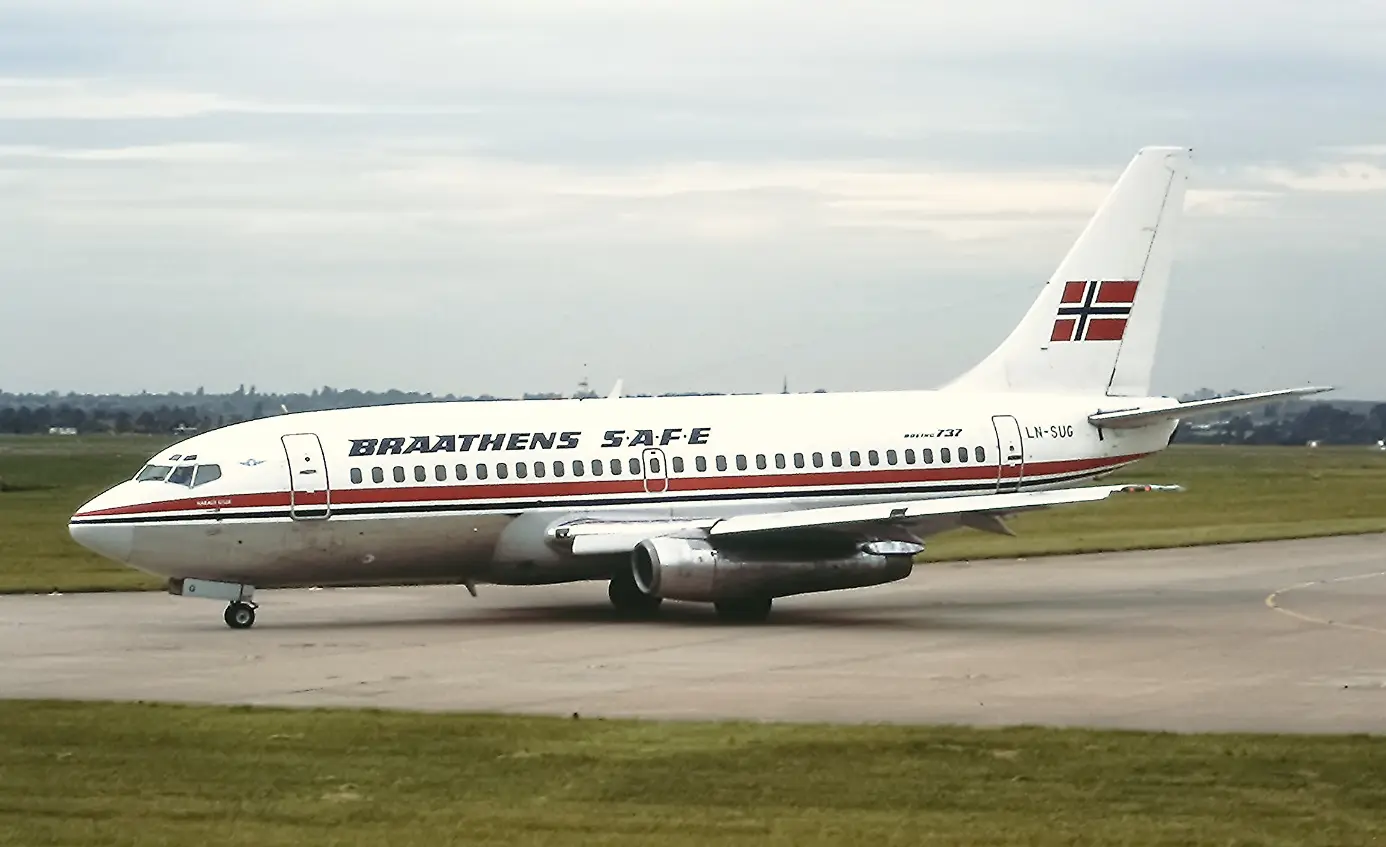
Second Generation
After Boeing introduced the -600/700/800/900 series, Boeing gave the 737-300/400/500 series the "Classic" designation. Boeing built 1,988 Classic 737s in total between 1984 and 2000.
Classic 737-300
Boeing's single-aisle jet planes were a huge sales hit, and it would be almost two decades before Boeing introduced significant developments to produce the classic range of -300 to -500 models. The most prominent driving force behind these alterations was the need for a higher passenger capacity and extended range.
These Classic models of the 737 introduced a new, more powerful engine - the CFM56-3 series - to provide a 43% power increase on their previous installment. The -300 prototype (the 1,001st 737 built) took to the skies in February 1984. This improved aircraft was more fuel efficient and could now seat up to 149 passengers.
Classic 737-400
The 737-400 model improved the design of the -300 by stretching the fuselage further to increase passenger capacity to 188. This model size required wing spar strengthening and a tail bumper to prevent tail strikes during take-off. The first flight occurred in February 1988, with the planes entering service the following October.
Another significant feature of all Boeing models after the original -200 is their unique engine design. When Boeing replaced the JT8D-7 with the larger CFM56-3 series, Boeing engineers had to find a way to accommodate the size of this new engine.
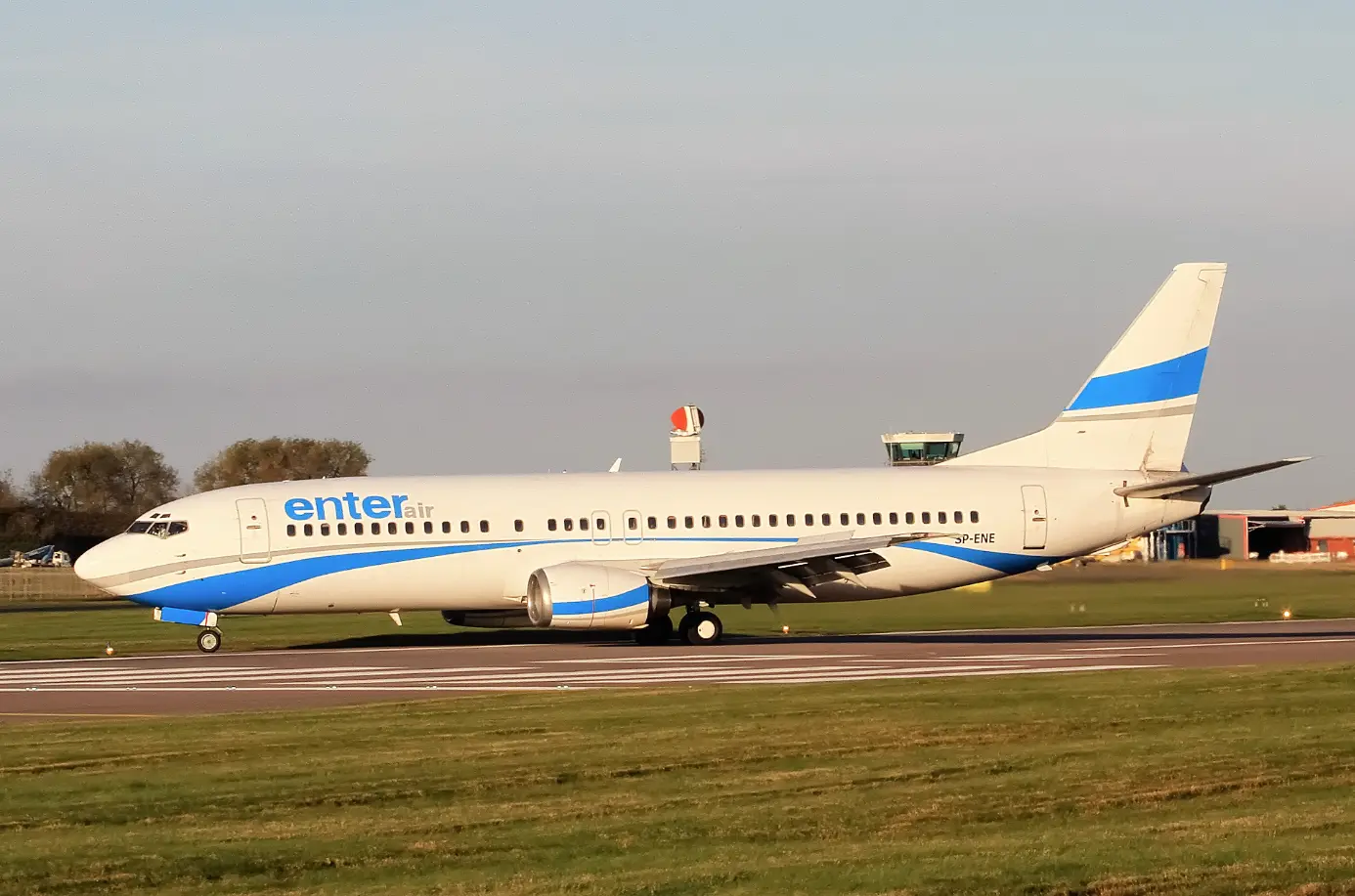
A total rehaul of the aircraft's design would have been a massive undertaking in time, cost, and new training for every pilot. Instead, Boeing opted to keep the design the same, move the engine higher up the wing, and curve the casing at the bottom of the engine nacelle. This is why most Boeing 737s possess a distinctive flat engine appearance.
Classic 737-500
Boeing designed the -500 as a different type of plane, which would provide for fewer passengers traveling longer distances. This way, it would be more economical than the aging 737-300. Thanks to the new engine, the -500 offered a 25% increase in fuel efficiency compared to the -200.
Still, the -500 model faced an earlier retirement thanks to its reduced size. While the 737-300 served 24 years, the 737-500 only managed 21 years in service.
Third Generation
The 737-600/700/800/900 versions of the Boeing 737 family are called the Boeing 737 Next Generation, or 737NG. Boeing began manufacturing in 1996, and the NG entered service in 1997. Boeing has made over 7,000 737NG aircraft. The high-pressure ratio CFM56-7 engine was the central development of the NG.
Next Generation 737-600
By the early 1990s, Boeing was facing a significant threat from the new Airbus A320, which posed a high risk to Boeing's market share. To combat this risk, Boeing's directors authorized the Next Gen or 737NG models as an upgrade to the classic series.
The wing redesign is one of the primary alterations from the Classic 737 to the Next Generation 737. These new wings had a wider span and larger surface area, which allowed for longer range, higher fuel capacity, and increased maximum weight on take-off.
The 737-600 model replaced the -500 and possessed a similar design and size to the Airbus A318. Scandinavian Airlines launched this model, with the first aircraft delivered in September 1998.
Next Generation 737-700
Boeing designed the Next-Generation 737-700 to replace the -300 model and compete with Airbus' A319. Boeing made their first delivery to launch customer Southwest Airlines in December 1997.
And the 737-700 has a couple of variations. The 737-700C is the convertible version, which allows seat removal for an increased storage area for cargo. The 737-700ER, or extended range, combined the fuselage of the -700 with the -800s landing gear and wings to achieve a similar range to the Airbus A319LR.
The Next Generation of Boeing 737s offered better range and passenger capacity than ever before, making them an instant success. These planes may not provide the highest range or capacity of the 737 models, but they offer versatile aircraft options for commercial airlines. During this time, Boeing also made digital improvements to the cockpit.
Next Generation 737-800
The 737-800 is a stretched-out version of the -700 model - about six meters longer. While the 737-700 could only seat 126 passengers in a two-class layout, the -800 could accommodate up to 162 in this format. In a single-class configuration, the -800 can accommodate 189 passengers.
The -800 provided the direct replacement for the -400 and the older 727-200 models. In addition, it helped fill the gap created by the company's decision to discontinue the MD-80 and MD-90 (after Boeing merged with McDonnell Douglas).
Being one of the most popular narrowbody aircraft worldwide, the Boeing 737-800 competes directly with the Airbus A320.
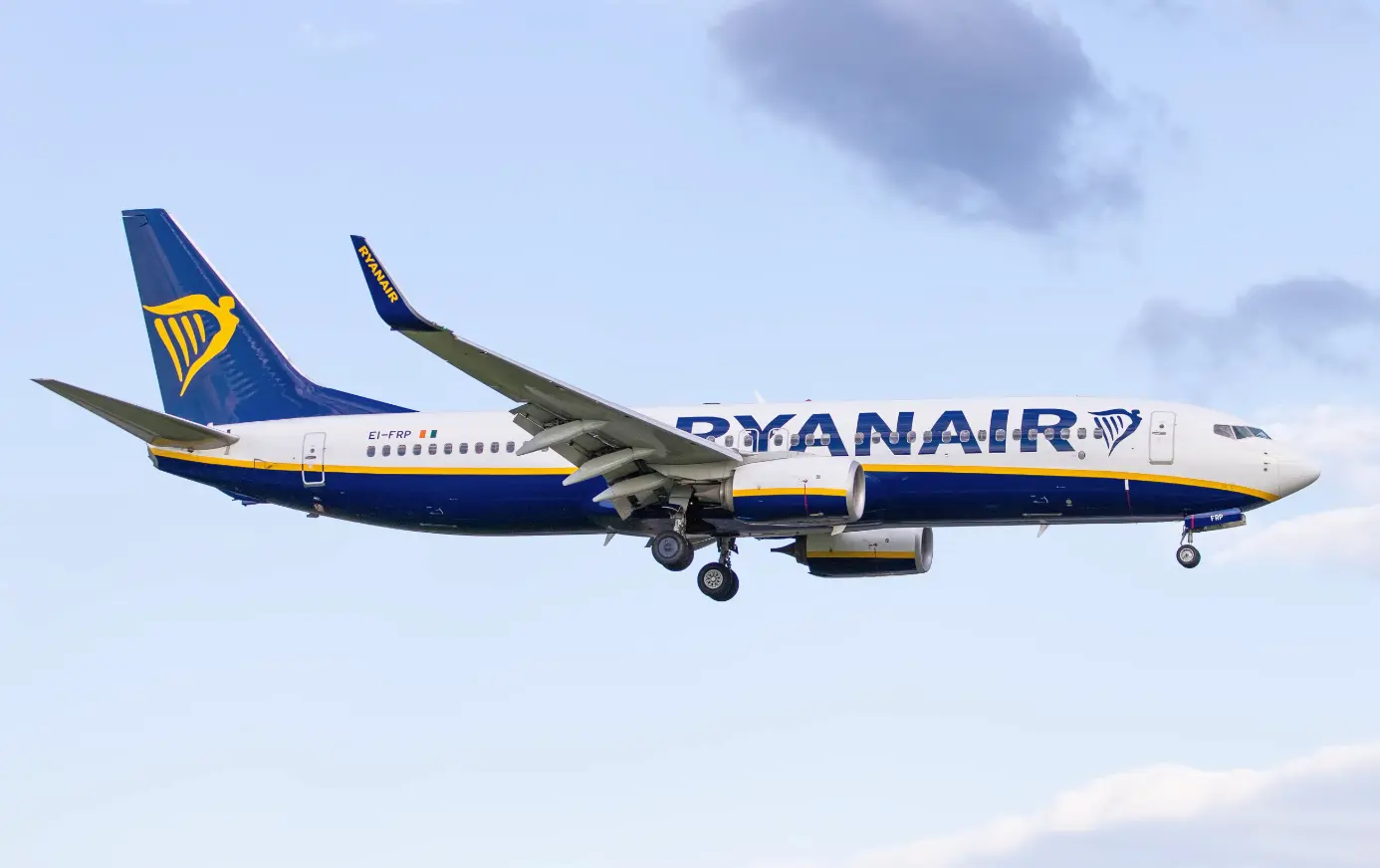
Interested in owning a high-quality model of one of the world's most popular airplanes? Check out this Premium Boeing 737-800NG model (affiliate link):
Next Generation 737-900
The 737-900 experienced another fuselage enlargement, taking the total length to over 42 meters. However, most of the -900 deliveries were for the 737-900ER variant, with more than 500 delivered aircraft compared to 52 for the original -900 model.
The extended range (-900ER) is the largest of the Next Gen models and can seat up to 180 passengers on a two-class layout or 220 in a one-class. Boeing's ambition was to meet the range and capacity of the Boeing 757-200, which by now was discontinued. Furthermore, it was to compete with the Airbus A321.
Fourth Generation
The MAX 737-7/8/9/10 series of the Boeing 737 family are known together as the Boeing 737 MAX. Boeing offers the MAX in four variants with 153 to 230 seats and ranges of 3,300 to 3,850 nautical miles (6,100 to 7,130 km).
Boeing's MAX series offers essential improvements to the range, passenger capacity, and fuel economy. A new, more efficient CFM LEAP engine, redesigned tail cone, and new winglets are key differences between the MAX and its predecessors.
737 MAX 7
The tail cone of the MAX models improves the fuel efficiency by 1%, while newer engines also boasted higher fuel efficiency as Boeing installed the models from CFM International's LEAP family.
Boeing's 737 MAX 7 is the shortest of the MAX aircraft. With an 18% lower fuel cost per seat than the -700, the MAX 7 will also extend its range by 1,000 nautical miles (1,900 km).
The 737 MAX 7 replaced the -700 model and was predicted to enter operation in January 2019. However, one major customer, Southwest Airlines, deferred these orders to 2023-2014 following the fatal crashes of 2018 and 2019.
737 MAX 8
The longer fuselage is among the most significant differences between the MAX 7 and MAX 8. In addition, Boeing revealed the 737 MAX 200 in 2014 as a high-density version of the MAX 8. This MAX 200 provides 20% greater cost efficiency per seat and an overall 5% lower rate on operating costs.
When the MAX 8 entered operation, it was among the market's most efficient, narrow-bodied aircraft, seating up to 178 people in a two-class cabin configuration.
The MAX 8's first commercial flight happened on May 22, 2017, by Malindo Air between Kuala Lumpur and Singapore.
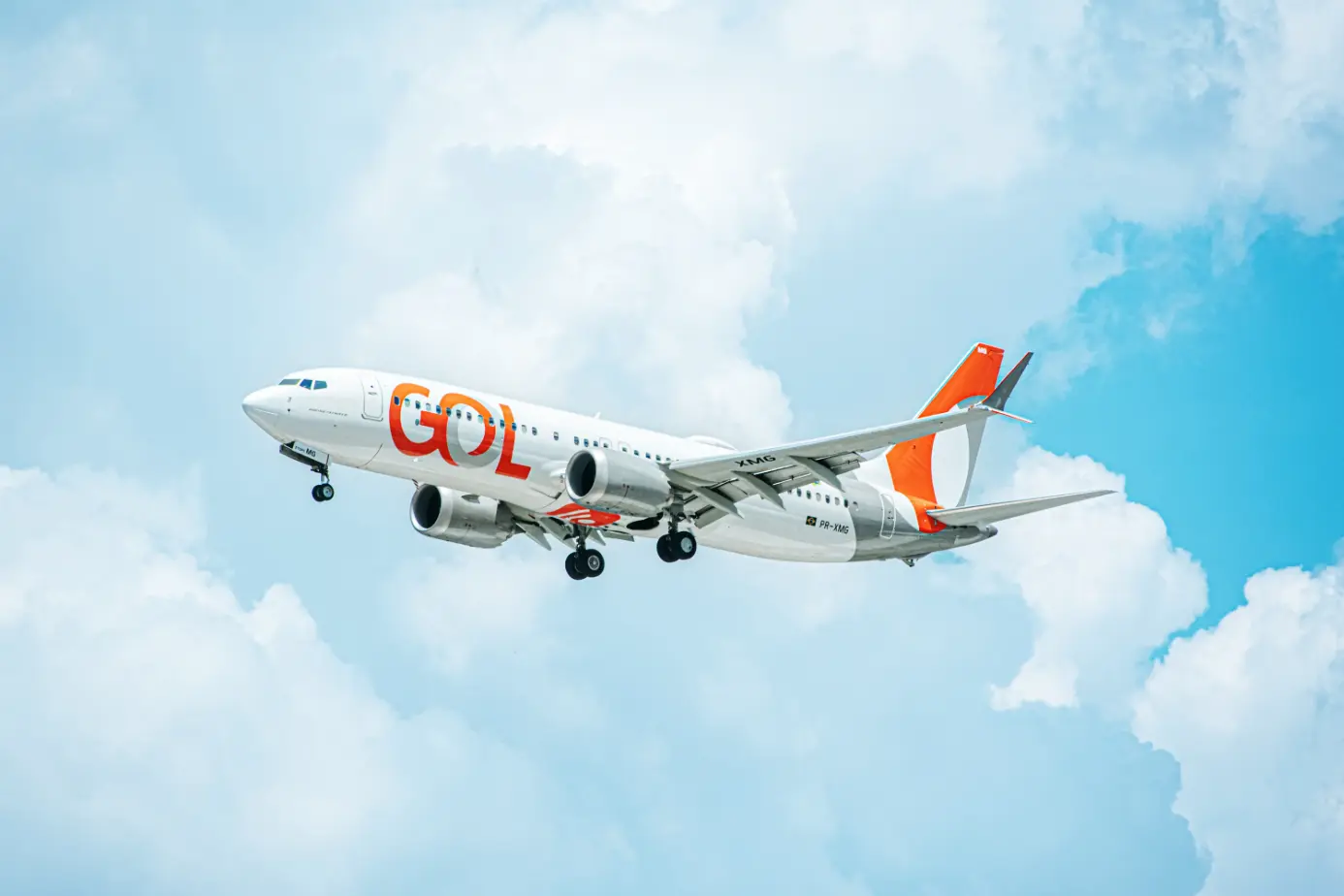
737 MAX 9
The MAX 9 followed the familiar extension pattern, providing a stretched variant of the MAX 8 model. While the MAX 8 offered a maximum number of 178 seats in a two-class cabin configuration, the MAX 9 extended the number to 193 passengers. This aircraft began commercial flights with Lion Air in 2018.
737 MAX 10
The MAX 10 is the latest of Boeing's 737 versions, which is the longest to date, offering seating for as many as 230 people in a single-class configuration (204 maximum in a two-class format).
The expected delivery date for the 737 MAX 10 is 2023, but thanks to delayed FAA certification, it could take longer for these planes to become airborne.
Final Thoughts
Boeing's 737 family offers an array of commercial and non-passenger variations that have been in production for over five decades.
The success of the 737 series relies on Boeing's continuous strive for better fuel efficiency, a competitive range, and keeping up with market demand in general. Along with healthy competition from other manufacturers such as Airbus, the Boeing 737 family has become one of the most popular airplanes in aviation history.
Despite the plane's great success, there have also been problems along the way. Two fatal crashes with brand-new MAX aircraft in 2018 and 2019 marked the start of a worldwide grounding of all MAX aircraft and massive headaches for Boeing.
However, the plane is now back on its wings and continues its history in aviation.
Planenerd Newsletter
Join the newsletter to receive the latest updates in your inbox.






